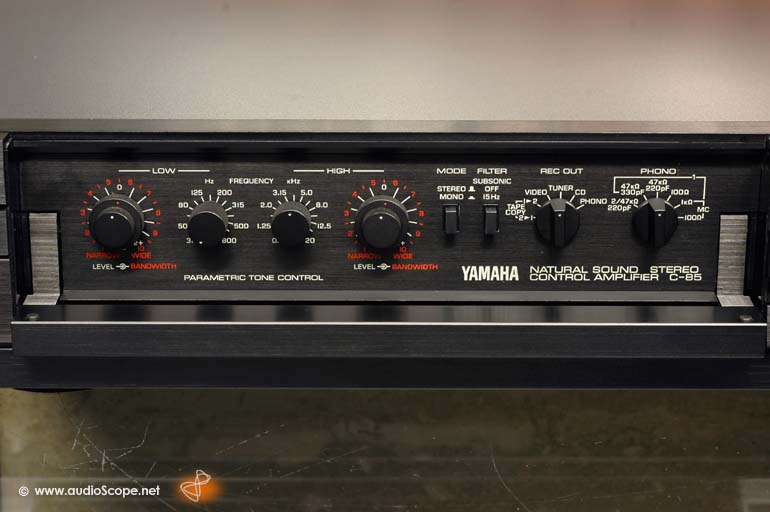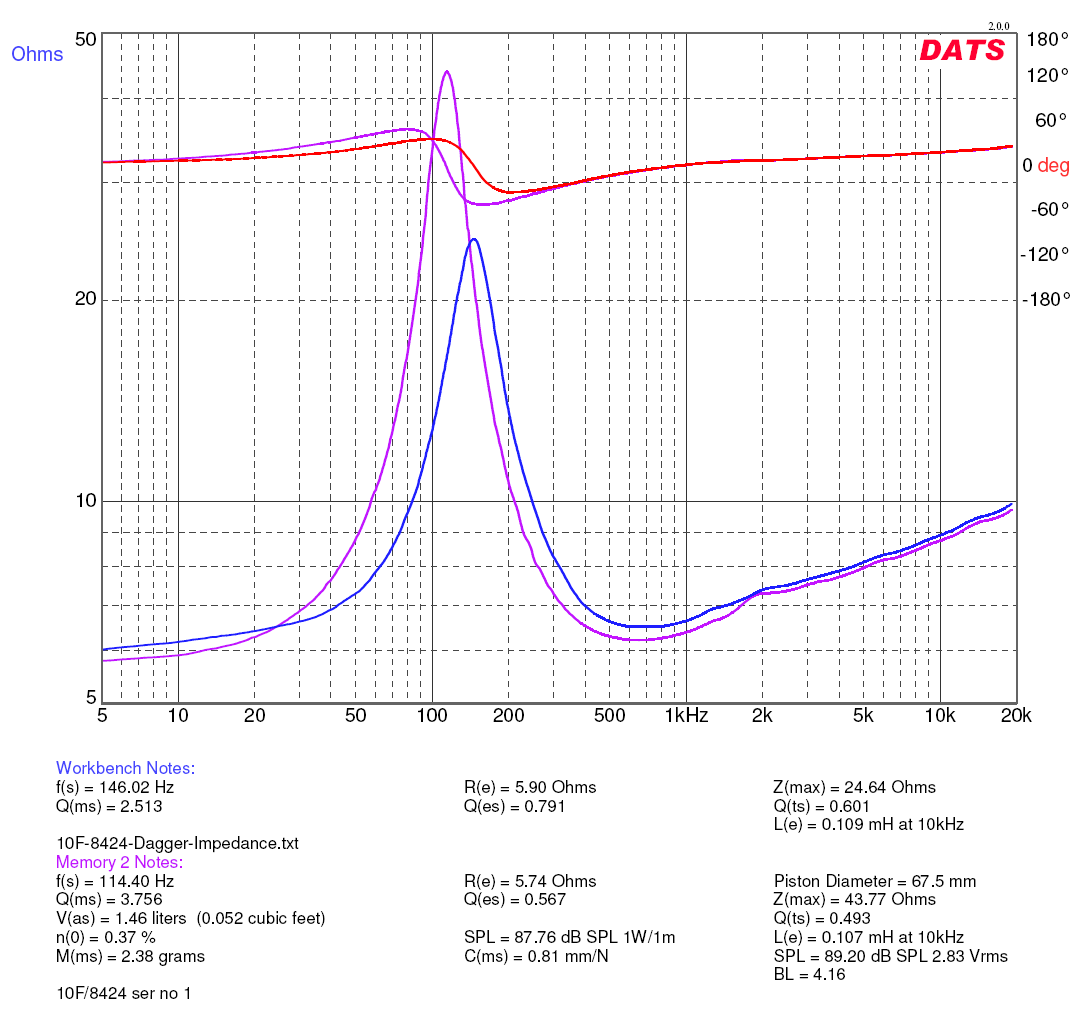Try building an elongated cabinet that is essentially an aperiodic sealed transmission line with no parallel walls. Such a cabinet can be made of 4 pieces of wood in the shape of a 3-sided pyramid that looks like a "Dagger". Stuff the inside with polyfill or fiberglass, progressively denser near the apex and looser near the driver. Measures extremely flat and sounds very open despite the small volume. See flatness of response for example as measured here with the ScanSpeak 10F.
http://www.diyaudio.com/forums/full-range/273524-10f-8424-rs225-8-fast-ref-monitor.html
http://www.diyaudio.com/forums/full-range/273524-10f-8424-rs225-8-fast-ref-monitor.html
A box will encourage a peak on the outside with the polar response changing with the baffle step. This region needs special consideration too.
All of my speakers sound boxy at first, especially the OB's, so I consider myself a boxy sound expert (I touch it, it sounds boxy) ho-ho
I would say that a few decibels around 500 Hz will be inaudible.
My boxy problems have always been solved in the 1 to 2 kHz region, that is the octave where the Megaphone or Telephone or boxy sound lives.
I can especially point out 1.6 kHz as a center frequency.
It might be medieval compared to the technological level of other members, but, here is my trick:

Yamaha C-85
Play the revealing piece of music and:
1. Bandwidth to minimum;
2. Level to minimum;
3. Search with the frequency knobs...
Most probably it is a HF crossover that is not steep enough OR a HF crossover that cannot take effect in the frequency band of problem due to impedance irregularities. You can either switch from a single resistor to L-pad (l-pads are known for some impedance straightening) or apply a Zobel cirquit.
Oh, and another option, an L-pad or a single attenuating resistor that cannot affect the problematic frequency due to impedance irregularities.
Hm, on a second thought, if the down firing port sees the speaker directly, the case might be some midrange escaping from the port. Or it might be several problems in the same time.
I would say that a few decibels around 500 Hz will be inaudible.
My boxy problems have always been solved in the 1 to 2 kHz region, that is the octave where the Megaphone or Telephone or boxy sound lives.
I can especially point out 1.6 kHz as a center frequency.
It might be medieval compared to the technological level of other members, but, here is my trick:

Yamaha C-85
Play the revealing piece of music and:
1. Bandwidth to minimum;
2. Level to minimum;
3. Search with the frequency knobs...
Most probably it is a HF crossover that is not steep enough OR a HF crossover that cannot take effect in the frequency band of problem due to impedance irregularities. You can either switch from a single resistor to L-pad (l-pads are known for some impedance straightening) or apply a Zobel cirquit.
Oh, and another option, an L-pad or a single attenuating resistor that cannot affect the problematic frequency due to impedance irregularities.
Hm, on a second thought, if the down firing port sees the speaker directly, the case might be some midrange escaping from the port. Or it might be several problems in the same time.
Attachments
Last edited:
I must have been too brief in my reply on page one... Resonances caused by inappropriate damping of the enclosed air volume (standing waves within the enclosure in fact) are often troublesome. Especially at mid frequencies (< 1kHz) our ears are pretty sensitive to such distortion whereas at higher frequencies we do not as easily identify them as such.Wow I bet that's probably it. I didn't even think of any of that as an issue.
However, one can only be sure by making measurements. Impedance plots with sufficient resolution are very revealing on this aspect, as are burst decay analysis plots of measurements at close range of the driver membrane.
More or less the same applies to resonances within the reflex port. These are often high-Q and pretty directional at the frequencies involved. As in: ports pointing at your ears will surely impinge some distorted sound on yours beloved. Down- or backward pointing ports will do better, depending on cabinet and panel size. And there are techniques to damp those resonances by preparing the port. Here also measurements will bring clues easily.
Panel resonances are certainly worth investigating, but to me a lot of DIY-people overrate the beneficial effects of a wide variety of measures to reduce those resonances. And a little panel resonance is less of a problem than internal resonances.
Good point about the impedance measurements after building enclosure and installing driver. Here is the impedance plot of the ScanSpeak 10F/8424 in free air and after installed int he Dagger. The peak impedance went down and the little blip at 2kHz went away - it became smoother than what it would have been in free air or an open baffle.

These impedance plots really tell you if you have done a good job with protecting the driver from backside reflections or 'boxiness'. More people should do them, but easy if you have a handy DATS or WTS from Dayton plugged in all the time - takes 20 seconds literally.
I always have REW up and running with a mic plugged in and I always have DATS running with the dongle plugged in as these are audio tools as indispensible as a screwdriver or crimp pliers for quick connects.

These impedance plots really tell you if you have done a good job with protecting the driver from backside reflections or 'boxiness'. More people should do them, but easy if you have a handy DATS or WTS from Dayton plugged in all the time - takes 20 seconds literally.
I always have REW up and running with a mic plugged in and I always have DATS running with the dongle plugged in as these are audio tools as indispensible as a screwdriver or crimp pliers for quick connects.
The diffraction peak from that baffle size would also be in that neighborhood. In an open baffle the same size it would be massive so... the description of gaining a 500Hz peak after boxing it is a little surprising. The driver also drops off a bit in response above 700Hz or so. We don't know what the xover is doing. This thing needs measuring.
Give it more BSC, maybe 3 dB if it already has some, more if not.
Try it at line level before you build anything complex.
Try it at line level before you build anything complex.
- Status
- Not open for further replies.
- Home
- Loudspeakers
- Multi-Way
- boxy sound how to best minimize it?
